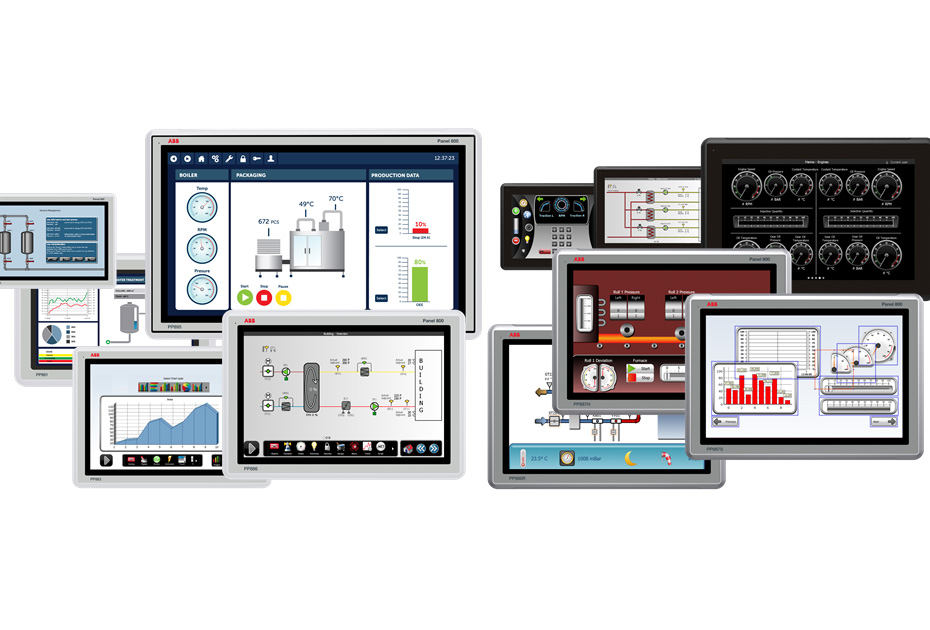Industry news
3BHE004468R0021 GDC780BE21 distributed control system

3BHE004468R0021 GDC780BE21 distributed control system
This can be the output capacitor of an unregulated power supply or a capacitor in parallel with the output of a regulated supply. In most cases, this capacitor does not need to be close to the drive, so a single capacitor can be shared by multiple drives. This capacitor does several jobs: 1. Bus capacitance absorbs net regenerated mechanical energy from the inertia when the motor decelerates. If the bus capacitance is sufficient, regeneration causes a controlled, limited rise in bus voltage and the over-voltage fault is not tripped. NOTE If the regenerated mechanical energy is high, additional bus capacitors can be added in parallel. The bus capacitance can be increased almost without limit. NOTE The over-voltage fault is a non-latching fault that turns off the inverter transistors when the bus voltage is above the over-voltage threshold. An over-voltage fault trip interrupts the regeneration of mechanical energy back to the bus. This limits the bus voltage rise and protects the drive. However, it interrupts motor torque, so the machine cycle is affected. In most cases it is undesirable to allow the bus voltage to pump up to the over-voltage fault threshold. In many applications, much or all of the rotational mechanical energy is dissipated as heat in the motor windings when the motor decelerates. The maximum regenerated rotation energy back to the bus occurs (counter-intuitively) during a low torque deceleration from high speed. In this case, the resistive losses in the motor are low. If mechanical drag is low, much of the stored rotational energy is regenerated to the bus.
Bus capacitor for multiple drives
The worse case, regenerated inductive bus voltage rise is a trip of the bus over-voltage fault when decelerating the motor at full torque. Tripping the bus over-voltage fault, while stopping the flow of regenerative mechanical energy back to the bus, causes a fraction of the inductive energy stored in the windings to regenerate to the bus, causing the bus voltage to go higher than the over-voltage threshold. If there is insufficient bus capacitance to absorb this energy, the bus voltage rise is excessive and can damage the drive. NOTE Failure to provide adequate external capacitance on the main bus can damage the drive. The regeneration of motor inductive energy allows some pump up of the bus voltage above the bus over-voltage threshold.An adequately sized bus capacitor helps provide the high peak bus current needed for rapid motor acceleration with minimum bus voltage sag. If the bus voltage sags excessively during acceleration, inverter voltage saturation occurs with loss of motor torque. 4. Bus capacitance lowers peak current requirements in the silicon of the power supply. Sizing the power supply for average power, rather than peak power, lowers power supply cost and size. 5. In most cases, a bus capacitor does not need to be mounted close to the drive. The inductance of the bus and ground wiring is not critical because the internal drive bus capacitance generally handles all the PWM current of the drive. A local capacitor is not needed in the following cases: 3/9 ARMS DC S200 6/18 ARMS DC S200 with HSTemp less than 65° C 6/18 ARMS DC S200 mounted adjacent to other S200 drives with main bus supplies tied locally together. The internal bus capacitors of the adjacent drives should provide the needed capacitance.